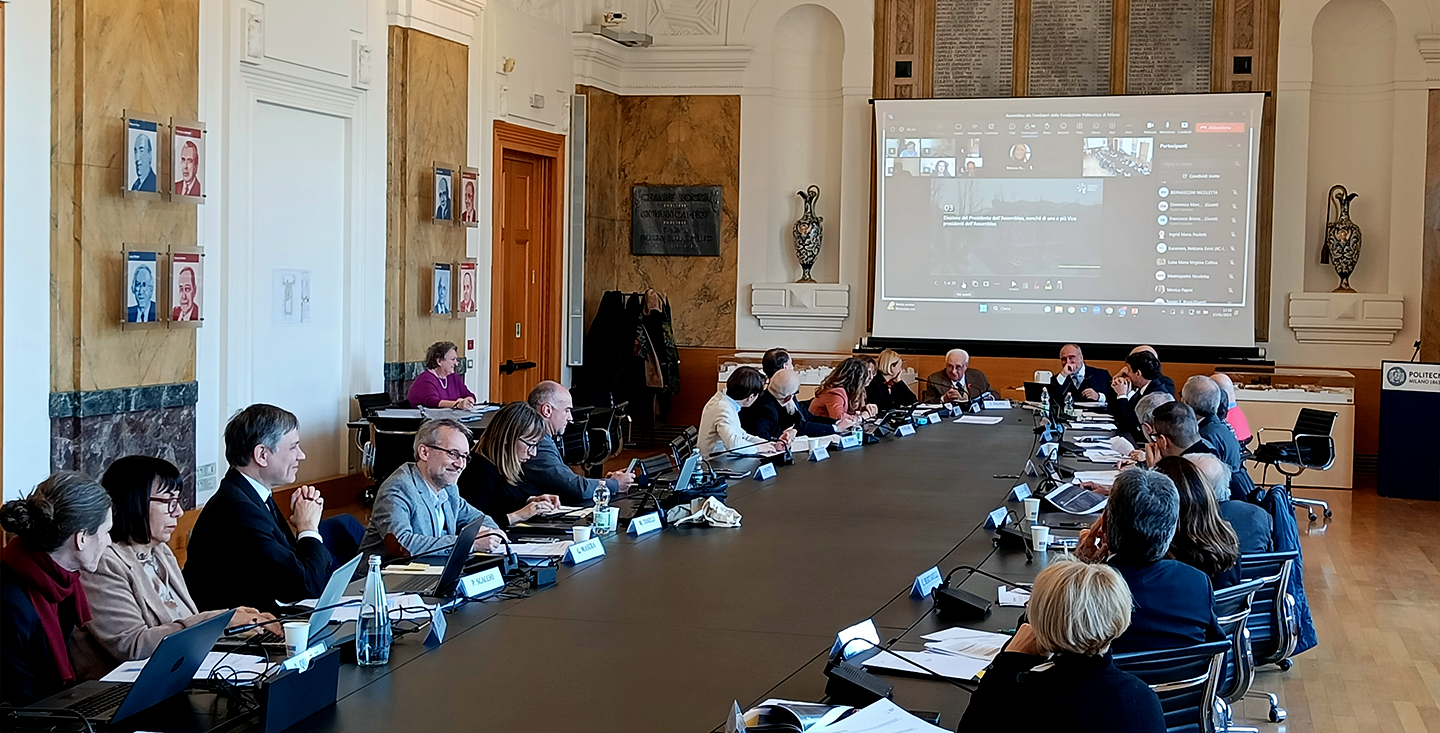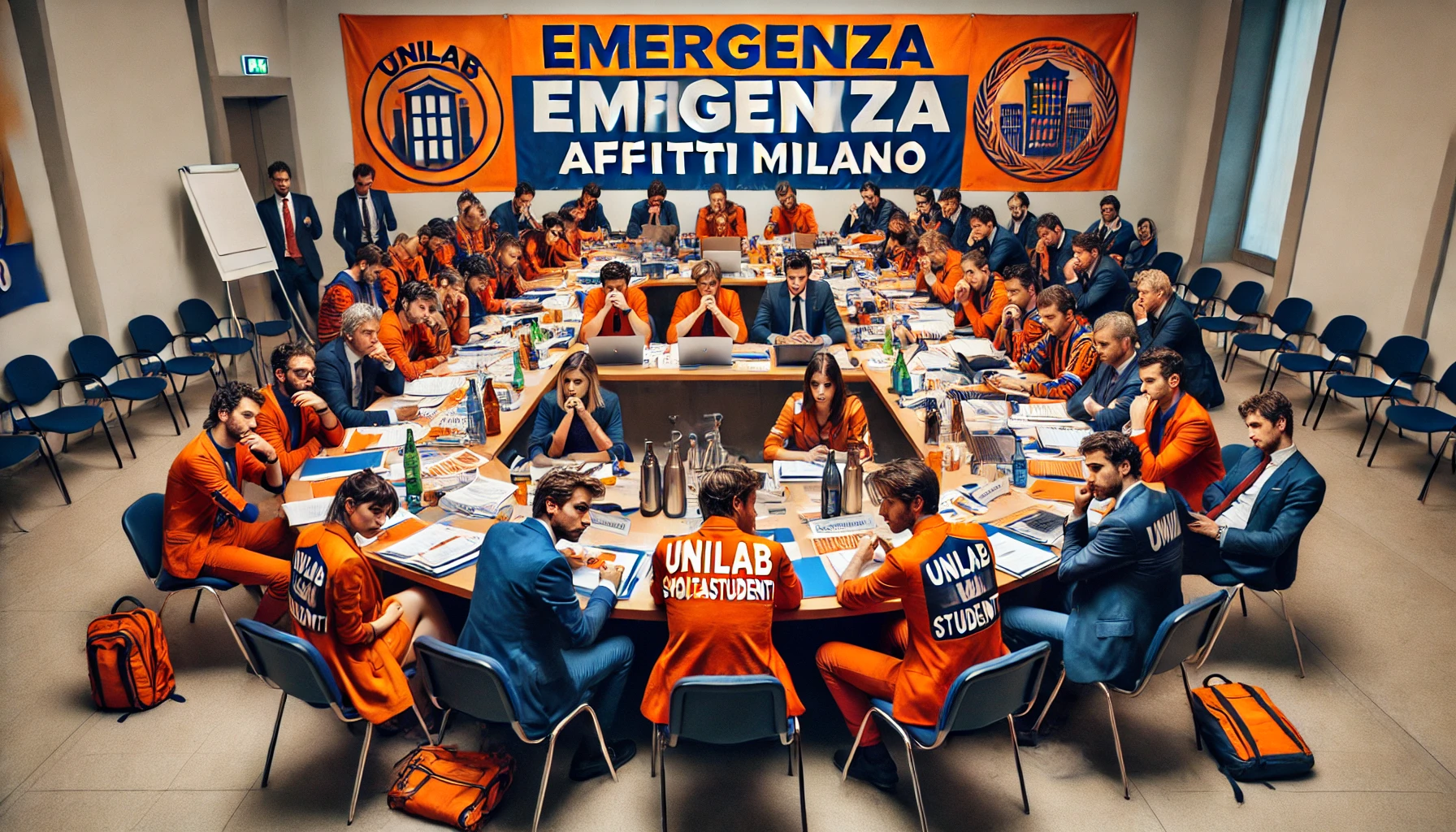Dear Aerospace Engineering Students,
we would like to inform you about the latest news regarding our Aerospace Engineering course, carried out in the Study Course Council.
In January, an important modification of the master's degree in Space Engineering and Aeronautical Engineering was approved.
The reform of master's degrees stems from the need for a review of the knowledge that an aeronautical and space engineer must have and the consequent need to adapt the training offer to the new increasingly complex and rapidly evolving framework of the aeronautical / space sector in the coming years.
In improving the educational offer, students will be able to choose more freely their training and therefore the courses to follow.All the change, as a whole, will be effective starting from the academic year 2021/2022, but already for the next academic year 2020/2021 a modification of the current system will be managed that will have the task of being a transitional from the current to the new mode.
In another way, students who in the next academic year (2020/2021) will attend the second year of the master's degree, will conclude their academic career with the form that currently characterizes our master's degrees, and will be put in a position to conclude it in this way, even in the case of an extension of studies. Otherwise, future students, who from September will enroll in the first years of the Master's Degrees (LM) will be the co-protagonists of the transition and will see the modifications of the Manifestos of the studies that we are now going to illustrate implemented.
The changes to the first year of the Master's Degree will be available to everyone in a very short time in the Manifesto of Studies,while in a year the new definitive form of the Master's Degrees as a whole will be published, once the Manifesto of the Academic Year 2021/2022 has been approved in the Study Programme Council.
The Previously Approved Study Plans (PSPA) represent the predefined choice of possible paths in our master's degrees and today correspond to AAD – Aerodynamics, AAD – Aerodynamics, APR – Propulsion, ARW – Rotary-wing aircraft, AST – Structures and NDE – Space Engineering.
The direction in which we will proceed is that of the elimination of PSPA in favor of two different profiles: disciplinary and multidisciplinary training.
Through these the student will be advised for the choice of courses to follow and will be directed towards a specific technical training. The profiles will not be binding for the choice of the courses themselves.
The disciplinary profiles and the multidisciplinary profiles (the latter will be of a less specific nature), will in fact be guidelines to which students can refer, but to which they will not be at all bound.
That is, there will be no need to present an autonomous study plan if students want to choose one course over another, as long as they remain within the same group of teachings (or cockpit).
Students will also be able to choose to follow a study plan freely determined within some groups of courses, which will be published in the Study Manifestos, obviously remaining in the 120 CFU and following the schemes below.
Space Engineering:

Aeronautical Engineering:

For Space Engineering the distribution of CFU will be as follows:
- 48 common compulsory credits
- 52 credits of your choice
- 20 CFU for the final exam (thesis)
For Aeronautical Engineering the distribution of CFU will be as follows:
- 40 common compulsory credits
- 60 credits of your choice
- 20 CFU for the final exam (thesis)
The courses, according to the type, will be classified into characterizing (compulsory), similar and completion courses, will have a weight of 10 CFU, 8 CFU and 6 CFU respectively and will be included within different teaching groups.
It will be the maximum number of these courses, which can be chosen according to their type and relative belonging to a group, to constitute the constraint of compilation of the Plan.
The first news coming from the next academic year will be:
| For AER: | For SPA: |
|---|---|
| Performance and Flight Dynamics | Spacecraft Attitude Dynamics |
| Airplane Performance and Dynamics | Space Structures |
| Structural Dynamics and Aeroelasticity | Space Systems Engineering and Operations |
| Structural Dynamics and Aeroelasticity | Telecommunication Systems |
| Structural Analysis of Aerospace Vehicles | |
| Combustion in Thermochemical Propulsion | |
| Compressible Fluid Dynamics | |
| Aeronautical Instrumentation | |
| Aerospace Control System |
Finally, if you want to get out of the disciplinary and multidisciplinary training profiles, which are paths that identify a group of courses of your choice, the composition of the study plan will still be linked to three different types of study plan:
Aeronautical Engineering:

Space Engineering:

The objective of these changes is that from the academic year 2021/2022 the quantity and quality of the teaching proposal increase: the programs of some courses will be revised and there will be new courses that will expand the training offer as a whole.
As soon as there are new news we will not delay in informing you, we are available for doubts or questions and in the meantime we wish you a good semester!




